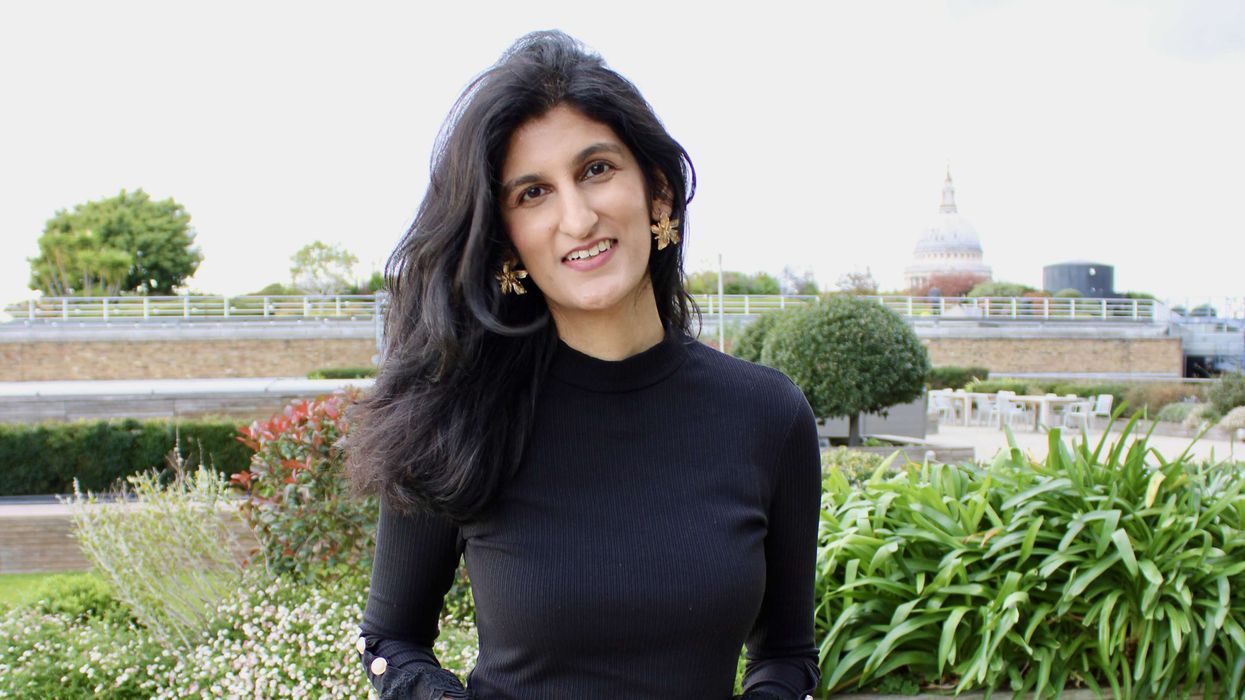I recently saw a documentary by Emily Atack, titled Asking for It, which dealt with the issue of women who receive unwanted photos. The actress and comedian discussed how she, on a daily basis, received explicit messages and pictures, but this X-rated phenomenon is not just limited to celebrities.
They are generally explicit images sent by men to women of themselves with no clothes on or extreme close-ups of their private parts. In the documentary, it stated that girls as young as 12 received images like these from older men online and that was the most shocking aspect of it.
The timely documentary discussed how when women post pictures of themselves on a night out where their legs or cleavage might show, some men think they are somehow asking for it and assume it is okay to send pictures of themselves with no clothes on, often with inappropriate messages. Some have the audacity to ask for explicit pictures in return. When they don’t get a response, these men get angry and start trolling women.
Having come across it many times, it is obvious this abhorrent online issue is not limited to one particular culture, with many Asian women receiving such pictures. Just thinking about this makes my skin crawl. Me, along with many friends, have received such pics online and via dating apps. Some, even on WhatsApp after a man gets their number. And it’s not only singletons, but married women receive them too.
News flash – no woman wants to see these pictures. It is unlikely that any woman has ever asked a stranger to send such a vulgar picture. It is different if you are in a committed relationship and comfortable sharing such imagery, with consent. But thinking it is okay to do this to strangers or those you barely know, is just wrong.
Another issue that falls under this category is revenge porn. Where two people, in a consenting relationship, share explicit images or videos, but after a break-up one puts them online or shares them with phone contacts. It’s a sad situation that can only lead to hurt, humiliation and upset. Thankfully, there are strict ‘revenge porn’ laws in place to prosecute offenders. These laws now need to extend to harassing women with unwanted photos.
Men, if you ever are considering sending any explicit images, stop and pause for a moment. Think about what it says about you as an individual doing this and how would you feel if someone sent it to your female relative. You can be better than that and there are far more effective ways to woo a woman than sending naked photos, which make you look like a sex offender. Life is full of bad people, and you don’t need to be one of them












